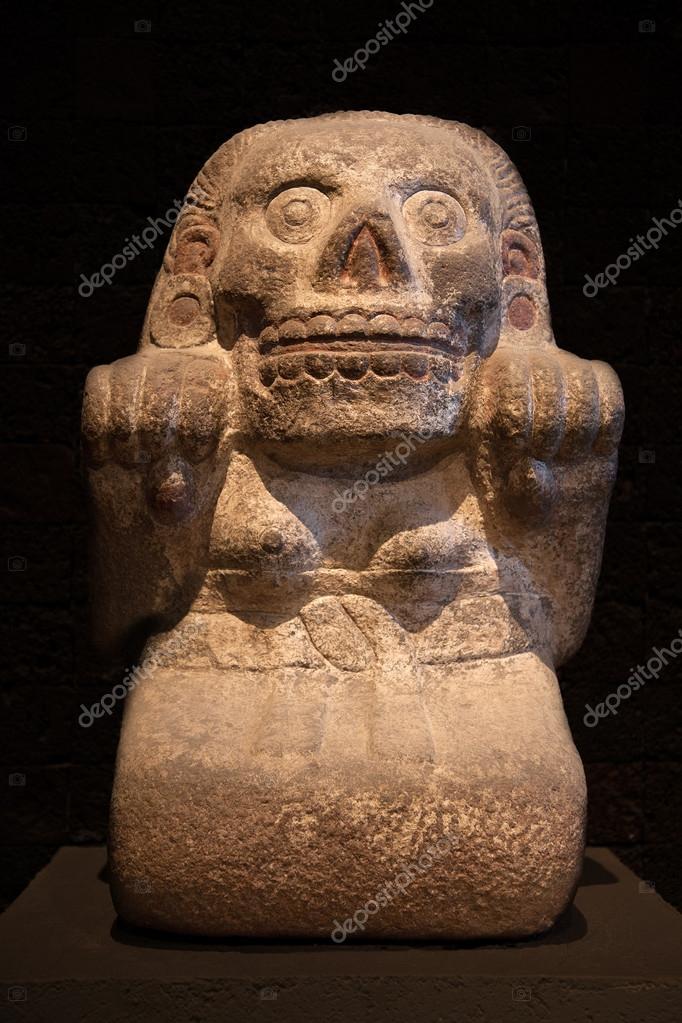Statue of Cihuateotl — Photo
L
1333 × 2000JPG4.44 × 6.67" • 300 dpiStandard License
XL
2000 × 3000JPG6.67 × 10.00" • 300 dpiStandard License
super
4000 × 6000JPG13.33 × 20.00" • 300 dpiStandard License
EL
2000 × 3000JPG6.67 × 10.00" • 300 dpiExtended License
Goddess Cihuateotl, 15th - early 16th century, Mexico, Aztec. The fearsome goddess sits on her clawed feet, her back slightly arched and her massive clawed hands raised, ready to pounce on her prey.
— Photo by vkorost- Authorvkorost

- 17989249
- Find Similar Images
- 4.6
Stock Image Keywords:
Same Series:
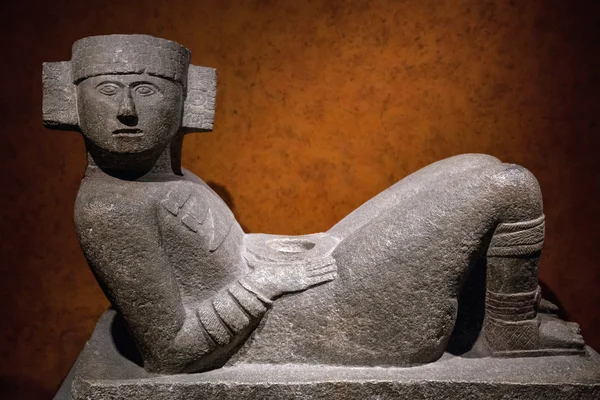
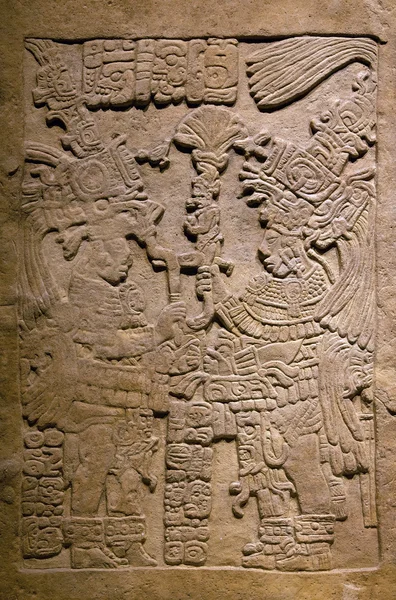
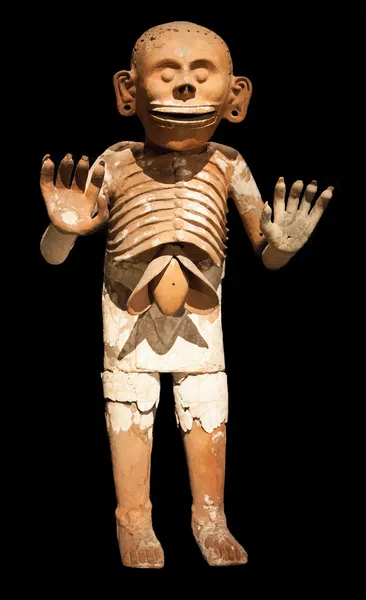



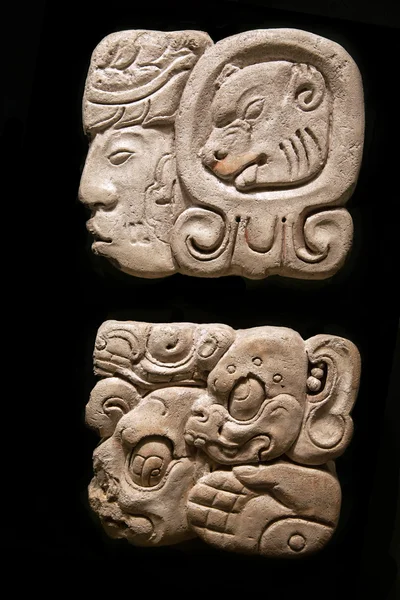


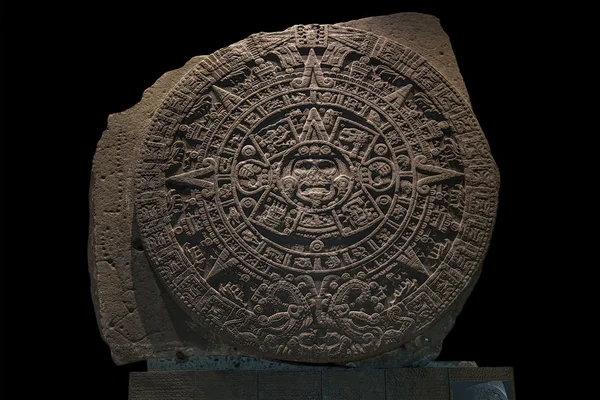
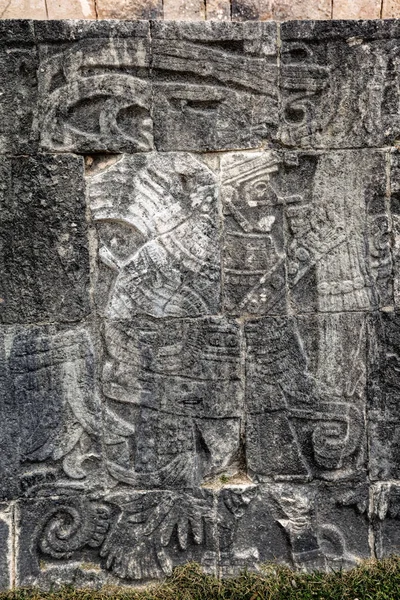
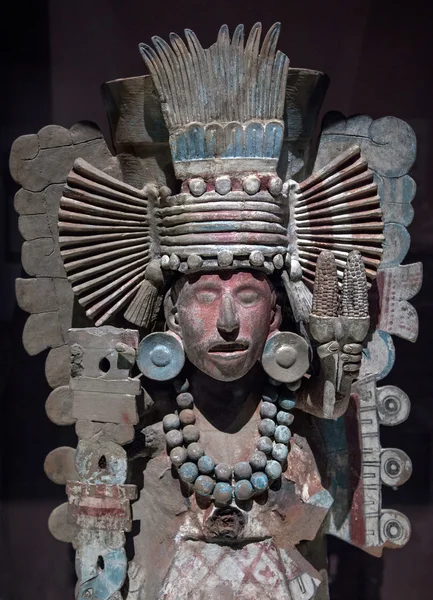


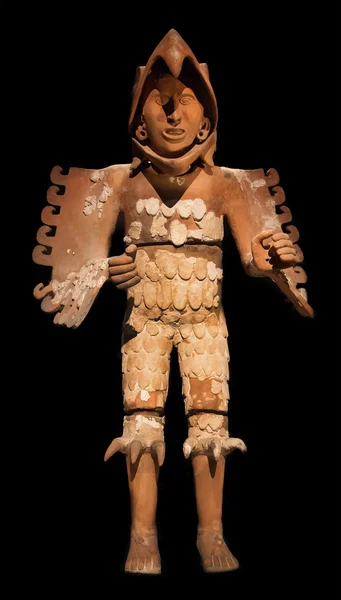

Similar Stock Videos:
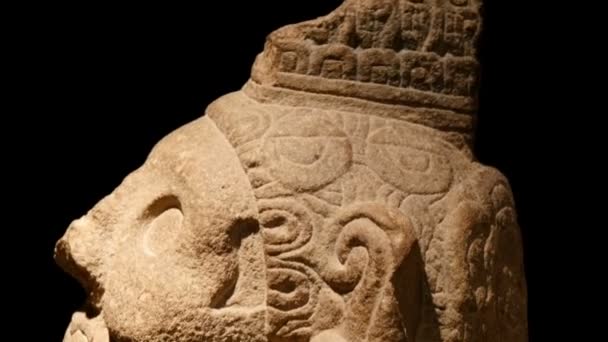
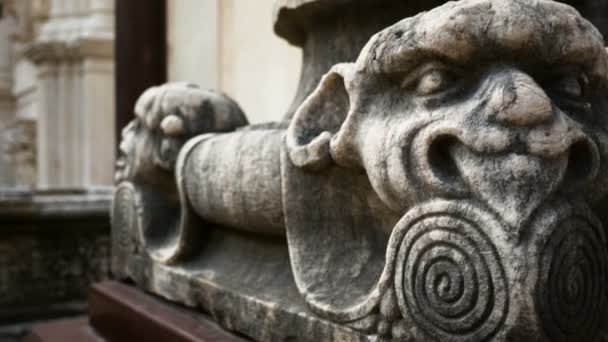
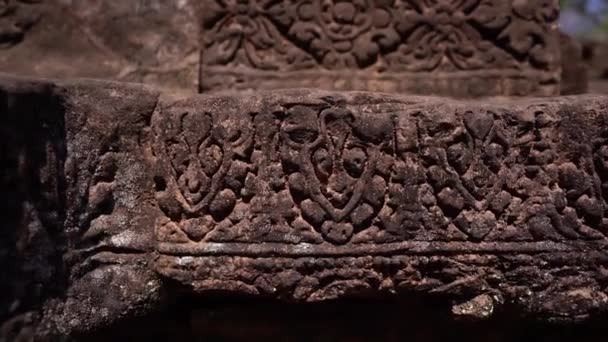

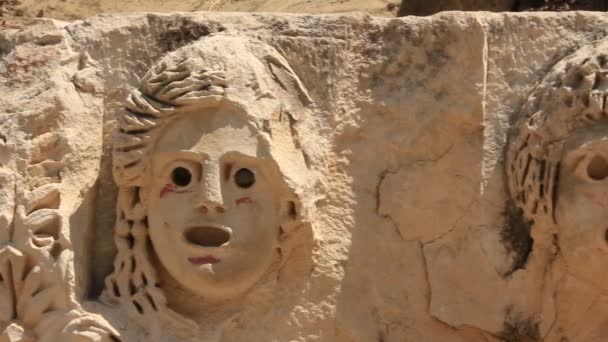

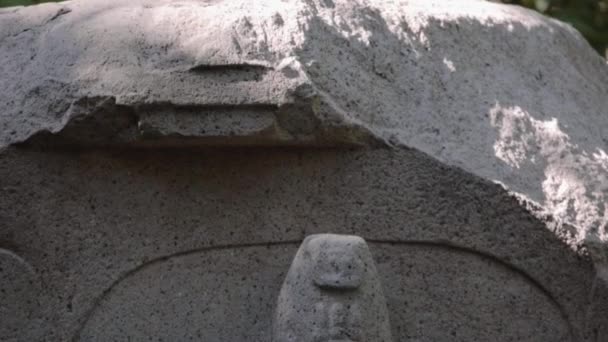
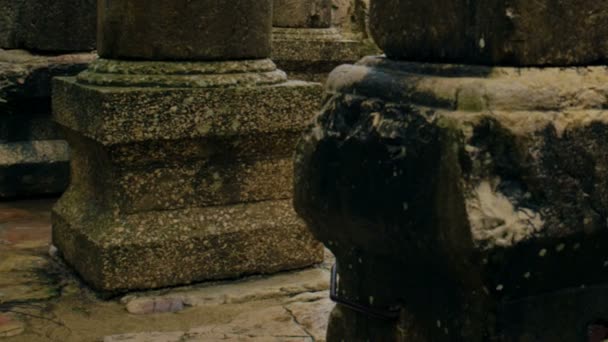

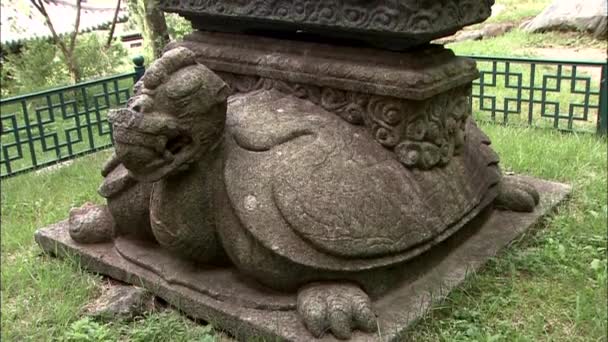
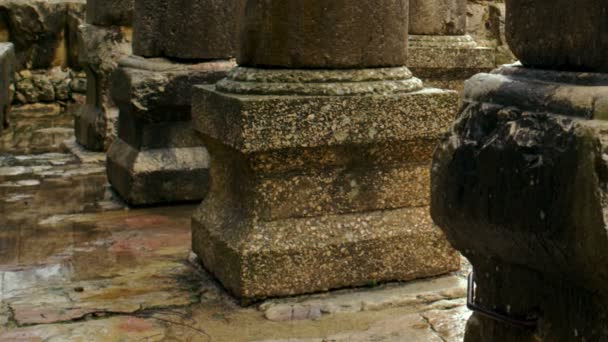
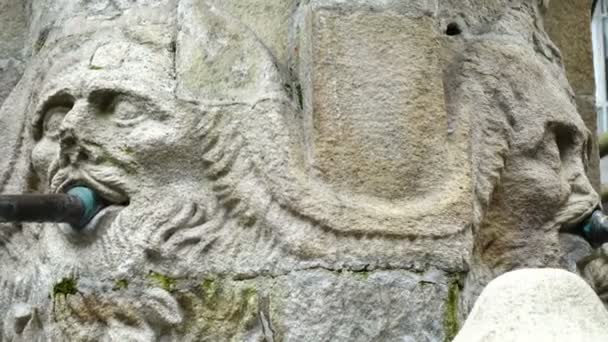
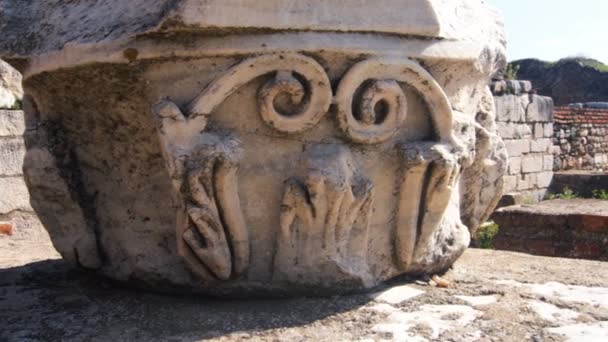

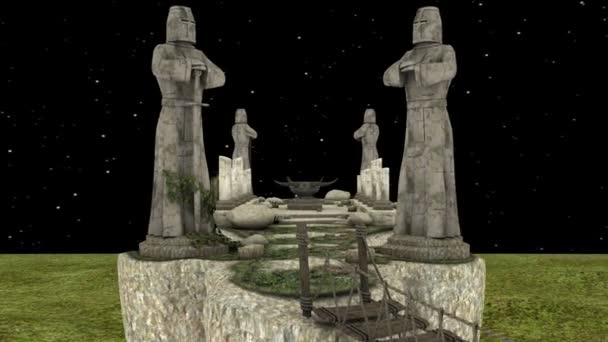
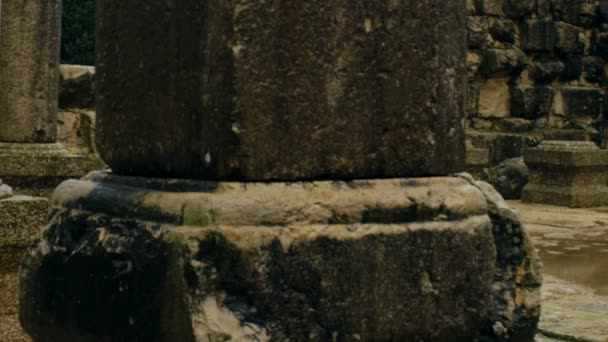

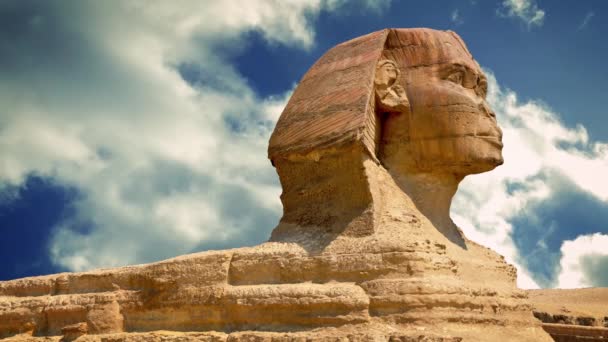
Usage Information
You can use this royalty-free photo "Statue of Cihuateotl" for personal and commercial purposes according to the Standard or Extended License. The Standard License covers most use cases, including advertising, UI designs, and product packaging, and allows up to 500,000 print copies. The Extended License permits all use cases under the Standard License with unlimited print rights and allows you to use the downloaded stock images for merchandise, product resale, or free distribution.
You can buy this stock photo and download it in high resolution up to 2000x3000. Upload Date: Dec 25, 2012
